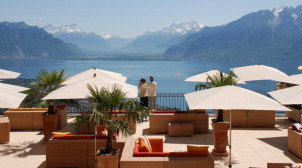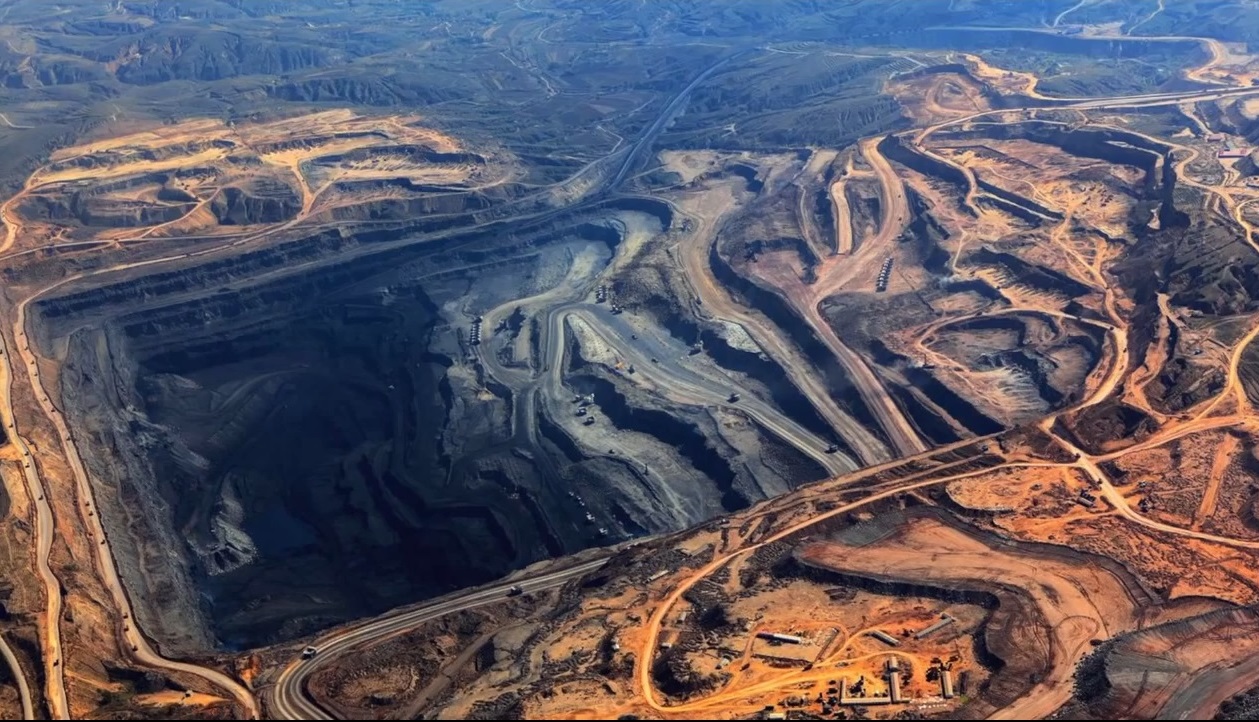
By Jakob Villioth.
Thanks to low taxes and weak government regulation, Switzerland has developed into a commodity hub where commodity trading and extractive companies earn billions. At least 20 percent of the global commodities trade is currently handled via Switzerland. Most of this has been accomplished in the last decade and the revenues generated in the commodities sector in Switzerland (primarily in the trading centers Zug and Geneva) have increased by a factor of 14 between 2001 and 2011. One third of global oil and oil derivatives are being traded in Geneva, which has overtaken London as the world’s biggest oil-trading site. The six top managers of Glencore-Xstrata, one of the world’s largest companies, earned more from the stock market flotation in 2011 than the GDP of each of the 96 poorest countries in the world.
These are just some of the most striking facts produced by the Swiss-based NGO EvB (Erklärung von Bern). The NGO has, amongst others, investigated the business practices of Glencore-Xstrata: To illustrate Glencore’s deceptive business practices (published in the book “Rohstoff- Das gefährlichste Geschäft der Schweiz”), EvB draws on the example of the Zambian copper mine Mopani, owned by Glencore since 2000. According to the investigations, Glencore generates its huge profits through a subsidiary on the Bermuda Islands and an investment vehicle on the British Virgin Islands. The subsidiary holds a majority share of the mine, while Glencore’s headquarter is located in Switzerland. Among the company’s subsidiaries copper is sold in large quantities at knockdown prices in order to bypass the Zambian Treasury. Further, the company deliberately inflates operational costs so that the Zambian subsidiary of the company continuously posts losses and thus avoids paying income taxes, while in reality copper prices are rising ever higher. Due to these manipulations the Zambian government suffers an estimated 124 mio. dollars of tax losses. In the end people in Zambia are left empty-handed and with a polluted and exploited soil. Read the full details of the conflict here in the atlas.
Glencore-Xstrata is – by now – well-known for causing many socio-environmental conflicts in different countries, as we have reported in a blog on its activities in the Philippines earlier this year. The development of a huge copper and gold mine near the mountain village of Tablu in Tampakan, in the Philippines that threatens thousands of people. Initial developments have already polluted rivers and led to strong protests and the deaths of 10 locals – as explained in this case study in our atlas and in this video. The Tampakan deposit is one of the largest-known undeveloped copper-gold deposits in the world, holding an estimated 2.94 billion tons of mineral resources. It seems, however, that in case of the mega-project in Tampakan, Glencore will not get its way – the provincial government imposed an open pit mining ban. Recently the company has announced that it wants to get out of the copper-gold project, but the project may continue anyways.
How is it that Switzerland has become such a commodity hub during recent years? As Switzerland was not a UN member until 2002 it has been able to maintain relatively lax national trade laws and regulations, which enabled the rise of trading centers like Zug and Geneva. In combination with Switzerland’s mild tax climate and a traditional tendency towards business discretion this resulted in a very favorable location for commodity trading and extractive companies. Respective regulations in the US and EU, in contrast, demand relatively more transparency. In an effort to increase transparency, some members of the Swiss Parliament are demanding the introduction of a general exchange of tax information, but this has not been enforced so far.
Some local resistance to Glencore’s practices is coming from six little villages in a peasant region not far from Glencore’s new Headquarters. Local tax incomes have risen sharply in the region after some high-earning corporate executives from Glencore have settled there. When locals learned about Glencore’s business practices and how these unexpected fortunes for their villages are generated, they organized a plebiscite with the demand to give away 10% of the Glencore-related supplementary tax incomes as donations targeted specifically to support local victims of Glencore mines in Africa and South America. The demand passed in six of those villages and was rejected in one. These little initiatives caught the attention of the media and, while mainly symbolic, were embarrassing for Glencore. In the end however, with the present laws these corporations can hardly be challenged legally.
It seems it remains the task of NGOs to raise awareness for the harmful and ruthless practices of such big multinational corporations in an effort to help to build the public pressure necessary to initiate changes at the political level. Make sure to check out the other conflicts caused by Glencore in our atlas – here’s a list.

The project ENVJUSTICE has received funding from the European Research Council (ERC) under the European Union’s Horizon 2020 research and innovation programme (grant agreement No. 695446)